The Deadliest Creatures On Earth
In This Article, You Will Learn About 25 Of The Deadliest Creatures On Earth, And You Might Be Surprised To Read The Names Of The First 5 Creatures On This List!
In 2019, Utah State University conducted a study to find out how many people are injured or killed by wildlife in the United States each year. This research was the first study on this issue after 2002. The result showed that:
- Of all the injured people, more than 47,000 sought medical attention after being attacked or bitten by wildlife.
- Wildlife kills eight people every year.
This article uses the sources of scientific studies, national public health agencies, and the World Health Organization (WHO) to obtain more detailed information. Since, in most cases, humans encroach on animals’ habitats, and animals react or are themselves victims, only the recorded deaths of each animal have been considered for the preparation of this article. In this article, you will discover what makes these creatures on the list of the deadliest creatures in the world and what causes their dangerous behavior.
The first five creatures in the list of the most dangerous creatures in the world are as follows:
- mosquitoes
- Man
- snakes
- dogs
- Tsetse fly
mosquitoes

One of the smallest creatures in the world is at the top of the list of the most dangerous on Earth. The reason mosquitoes are hazardous is their diseases, including malaria, which kills 400,000 people yearly and puts hundreds of millions of people in bed. Unfortunately, the story does not end here; Because this tiny insect carries deadly viruses such as dengue fever, yellow fever, Zika, West Nile, and encephalitis. The World Health Organization estimates that mosquito-borne diseases cause more than 700,000 deaths yearly.
Man

According to the Centers for Disease Control and Prevention (CDC), humans are the second deadliest animals on Earth. It is estimated that 19,141 murders occur annually, of which 14,414 are related to firearms. It means that there are 5.8 murders per 100,000 population.
snakes

According to the World Health Organization, between 4.5 and 5.4 million people are bitten by snakes every year, of which 81,000 to 138,000 people die. The Parsley snake is the deadliest viper, with a higher global snakebite mortality rate than any other species.
dogs

Rabies is a common disease between humans and animals. This virus kills tens of thousands of people every year. While rabies is found on all continents (except Antarctica) and can be transmitted by any mammal, dogs are responsible for 99% of transmission to humans. According to the World Health Organization report, 40% of people who get rabies are children under 15 years old.
Tsetse fly

Chagas’ disease or Rhypanosomiasis is an endemic disease of 36 Black African countries, which is caused by the transmission of parasites by infected tsetse flies. This disease is fatal if not treated immediately. Until 2009, the number of annual cases was much higher than tens of thousands of patients. Fortunately, the efforts of the last few decades were able to reduce the number of global issues and deaths to 977 points recorded in 2018.
killer insect

The killer insect or tsetse fly is the carrier of Chagas disease. Kissing bugs are blood-sucking insects from the subfamily of senna, which cause transmission when they feed on the host.
Like the tsetse fly, the killer bug is known for spreading Chagas disease. Every year, 6 and 7 million people worldwide are diagnosed with Chagas disease, most of which are located in urban environments. This disease accounts for about 10,000 deaths annually. Although only about 30% of affected people show symptoms related to Chagas, the symptoms that appear, which include strokes and heart attacks, are very seseverengerous. They become parasites of Chagas.
freshwater snail
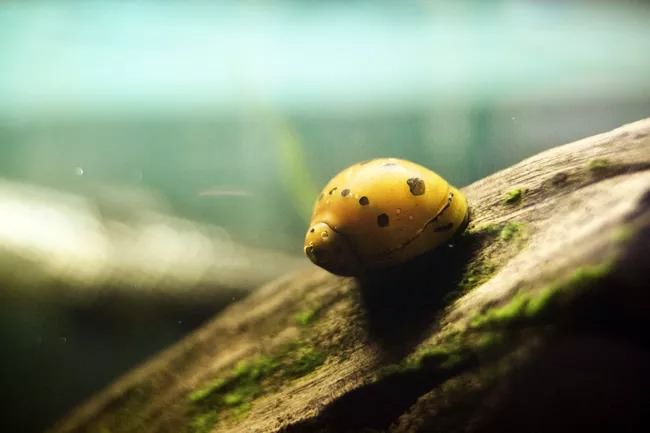
When a parasite released from infected freshwater snails penetrates a person’s skin, the person may develop schistosomiasis, or snail fever, which causes abdominal pain and digestive problems. Communities with inadequate access to health and medical treatment are more at risk. Humans are mainly infected during agricultural or recreational activities involving exposure to dirty water. The World Health Organization estimates that 200,000 people worldwide die yearly from snail-transmitted schistosomiasis.
Ascaris tubeworm
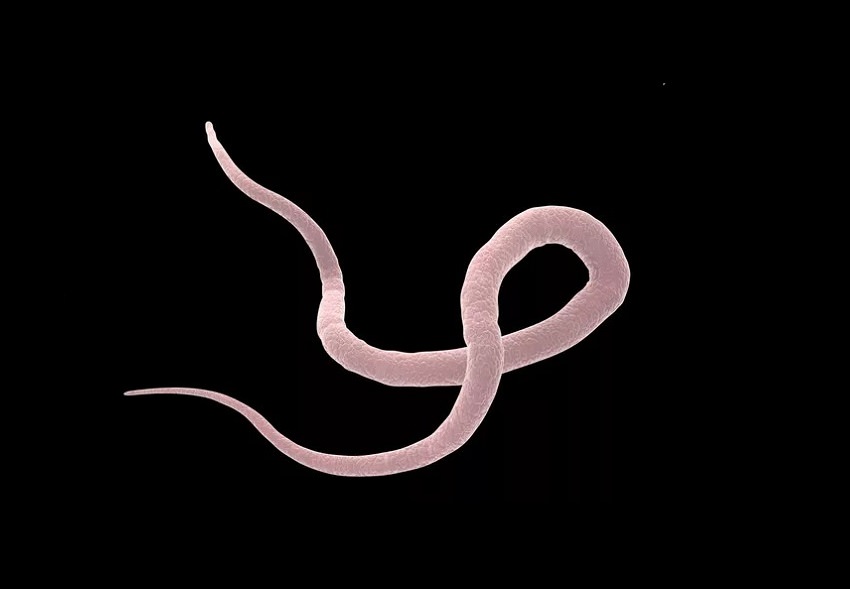
Of all the tube worms that live as parasites in the human digestive tract, Ascaris lumber is the largest. The complication resulting from the presence of this parasite in the human intestine is called ascariasis. Ascariasis is one of Earth’s most common parasitic infections, killing 60,000 people yearly.
Symptoms of this disease usually go undiagnosed for years until the condition becomes severe enough to require medical attention.
Tapeworm

Poor hygiene, eating contaminated pork, and drinking contaminated water can cause intestinal infections caused by tapeworms. When tapeworms enter the central nervous system, they can become very dangerous and cause neurological symptoms such as seizures.
In high-risk communities where the disorder is more challenging to diagnose, parasites are associated with 70% of epilepsy cases. “Porcine tapeworm” is one of the world’s leading causes of foodborne disease deaths.
Nile crocodile
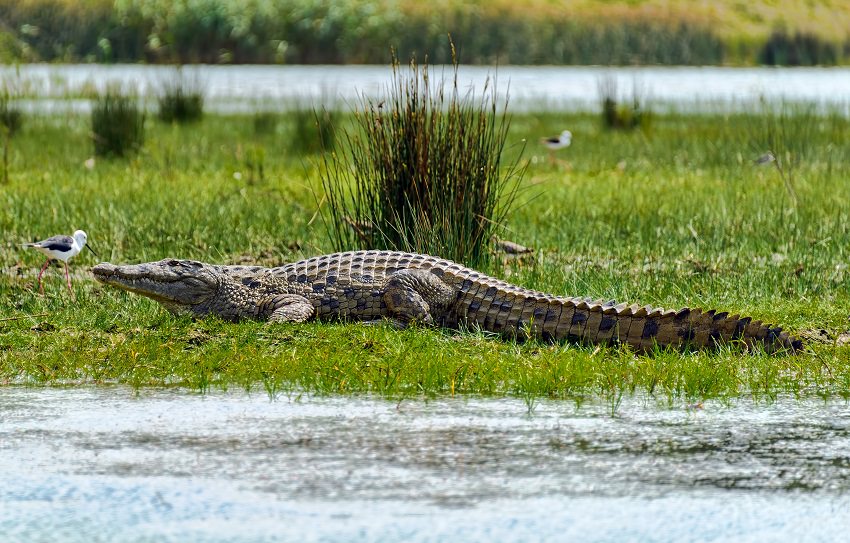
Although a significant number of annual alligator-related deaths are not reported, recorded, or observed, these giant semi-aquatic reptiles are estimated to kill thousands of people annually.
The Nile crocodile is responsible for most attacks on humans. This crocodile is one of Africa’s largest freshwater crocodile species, which is more aggressive than other crocodile species. More than 300 Nile crocodile attacks are reported annually in Mozambique, and about 150 attacks on humans and cattle in Namibia.
hippopotamus
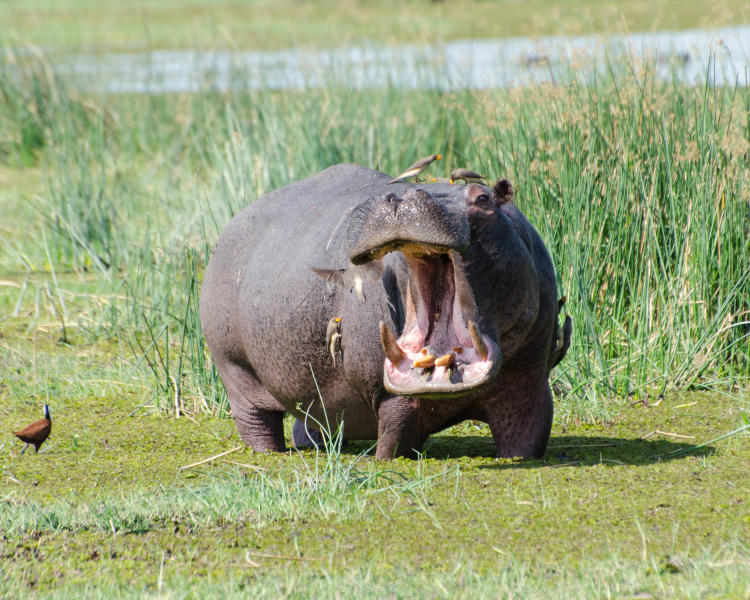
Hippos may look very peaceful when resting in the water, but these large mammals are quite aggressive creatures, killing between 500 and 3,000 humans yearly. Hippo attacks account for the highest percentage of deaths (87.6%) compared to lion and leopard attacks.
In East Africa, where people tend to live near the natural habitats of hippos, human-hippo conflicts are more likely.
Asian elephant
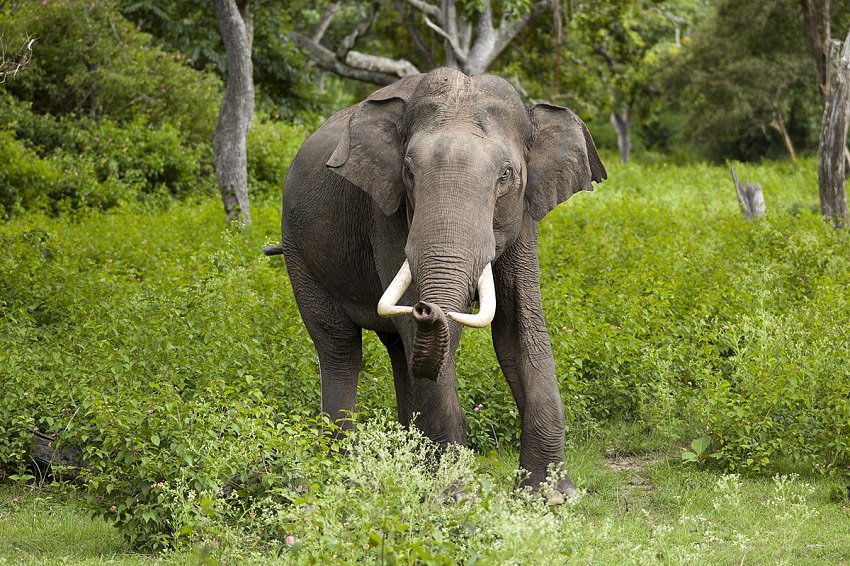
Although African elephants are much larger and more aggressive than Asian elephants, we often see more attacks from Asian elephants due to their proximity to humans. Unlike their Asian brothers, African elephants live in more expansive protected areas, Where local communities are far from them. Asian elephants that live in forests are more likely to encounter humans due to their habitat range. Because Asian elephants are easier to tame, they are often used in the tourism industry or illegal logging near humans. A newspaper in India reported that 2018 saw 494 deaths by elephants.
Lion
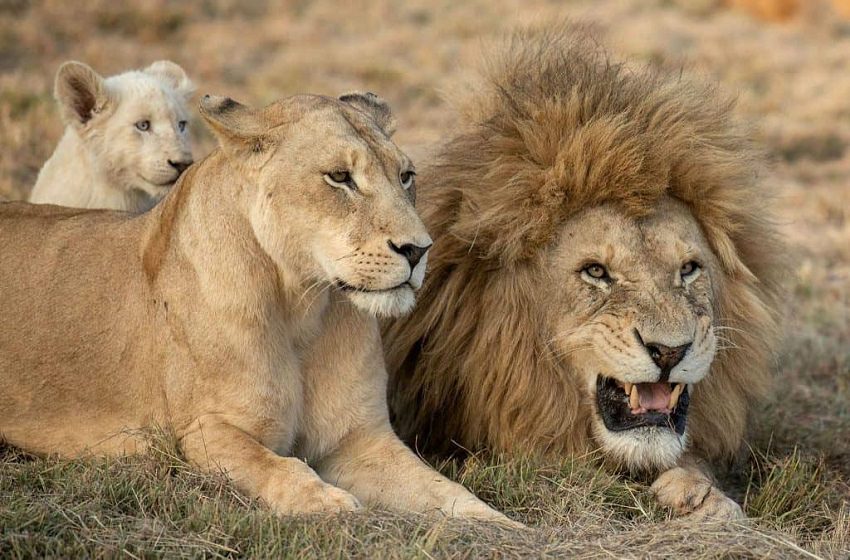
Its African lions attacked thousands of people in Tanzania between 1994 and 2014. A study in East Africa showed that the probability of wild lion attacks increases if their residence is close to villages or in areas with open forests, bushlands, and crops. Naturally, the more humans encroach on protected areas and lion habitats, their attacks increase—no wonder these big and robust cats are among the most dangerous animals in the world.
Wolf
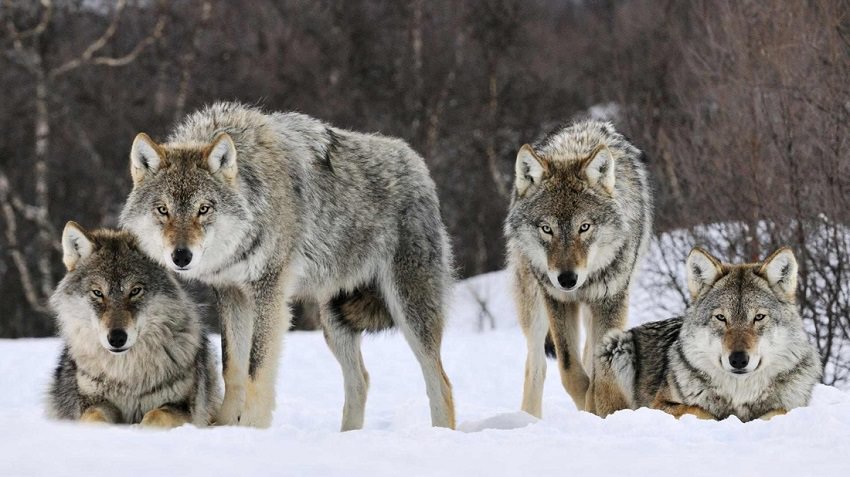
While wolves in the wild are not usually considered a deadly threat to humans, these large dogs have shown reckless behavior around humans over the past century. Many attacks by wolves are caused by rabies, but other emerging patterns of seizures may be more closely related to food shortages or loss of wolf habitat. Although the above does not occur in protected areas, national parks in North America generally follow guidelines to protect visitors from wolf attacks.
great white shark
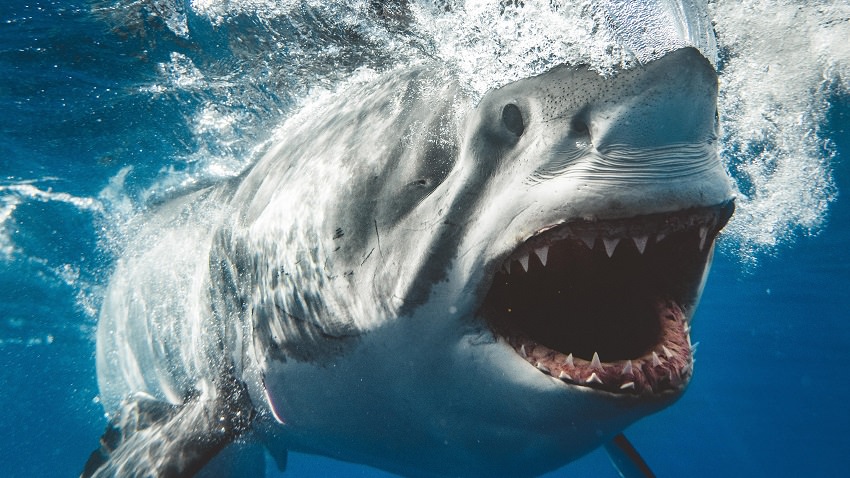
Sharks’ reputation as deadly attackers is somewhat exaggerated, as a human is likelier to die from a fireworks accident than a shark attack. In 2020, there were 57 unprovoked attacks and 39 provoked attacks by sharks, of which 13 resulted in death.
Boxed mermaid

Found mainly in the Indian Ocean, the Pacific Ocean, and northern Australia, the box jellyfish is known to be the evilest marine creature in the world. This unique jellyfish that swims instead of hovering in the water is more lethal than other jellyfish, and its tentacles can grow up to 3 meters or even more. The tentacles of this jellyfish are covered with tiny poisonous spears that, if injected into a living creature, can cause paralysis, cardiac arrest, or near-instant death.
rockfish
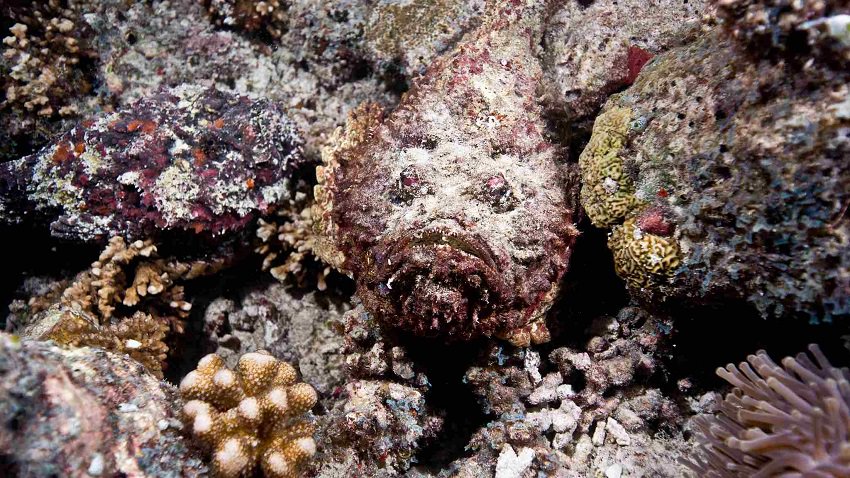
Thanks to a camouflaged body that has evolved to mimic their muddy, coral-filled habitat, rockfish can sit undetected on the ocean floor, waiting for unsuspecting prey from everywhere. They use 13 defensive spines on their backs to release venom that causes pain, swelling, or necrosis under pressure. While the number of deaths caused by stonefish attacks is not high, you should immediately go to the medical center if you are bitten.
Palestinian yellow scorpion
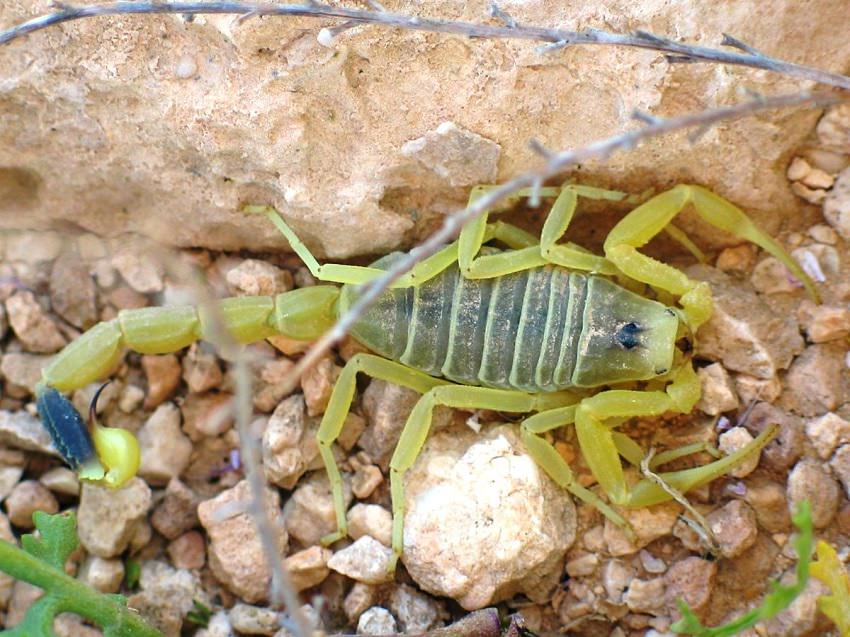
The length of the most poisonous scorpion in the world is only about 11 cm, But its deadly bite is almost impossible to ignore. The speed of the Palestinian yellow scorpion’s sting on its head has been measured at 127.9 cm/s. Between 2005 and 2015, the US Poison Control Center referred 16,275 people to medical facilities for scorpion stings. More than half of these incidents occurred in the state of Arizona.
honey bee
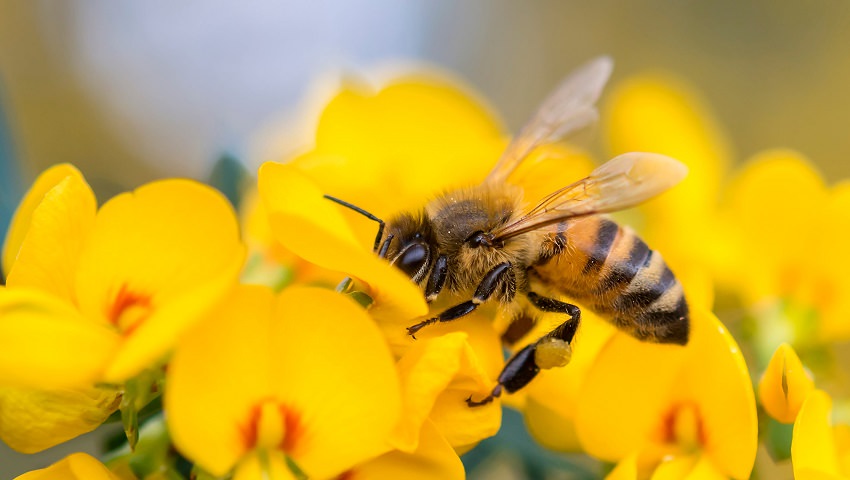
From 2000 to 2017, there were 1,109 bumble bee, honey bee, and honey bee stings in the United States (an average of 62 deaths per year). About 80% of these deaths were among men. Any person who is allergic to bee stings may die from it, But since honey bees are the most abundant and widespread type of bees, the possibility of being stung by them is very high.
Golden poison frog

The largest species of poison dart frog does not grow more than 5.8 inches, But its skin secretes a poison called batrachotoxin, which can cause paralysis and death even in small amounts. Scientists believe that these endangered frogs, native to the Pacific coast of Colombia, absorb lethal amounts of batrachotoxin through their diet, which includes poisonous ants. The golden poison frog can avoid poisoning itself thanks to a natural replacement in the batrachotoxin receptor in its muscles.
Brown bear
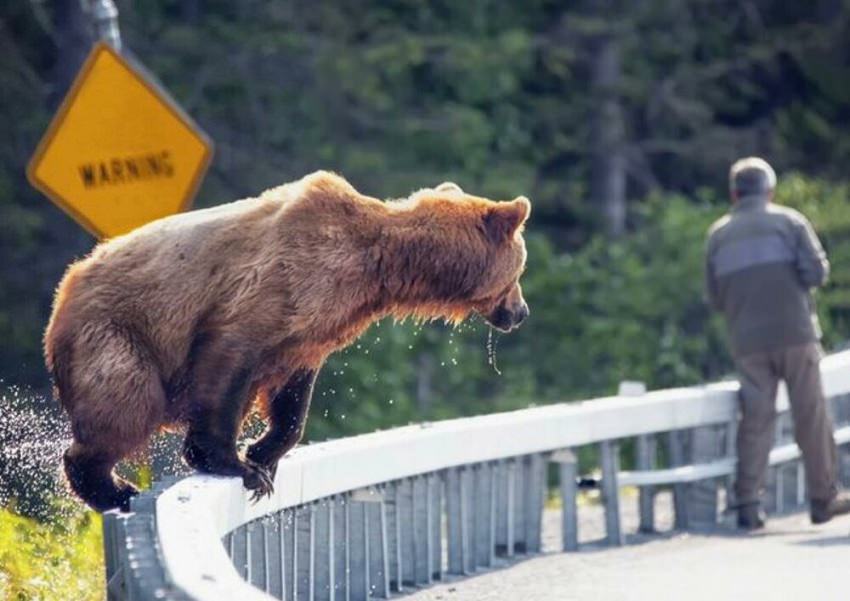
In addition to being the most widespread bear species in the world, brown or grizzly bears are more aggressive than other bears. A study of bear attacks in Alaska between 2000 and 2016 found that 96 percent of bear attacks were grizzlies. Scientists consider factors such as the growth of the human population, the advance of humans into bear habitats, and the expansion of the brown bear population due to global warming as possible factors involved in the increase in grizzly attacks on humans.
Tiger
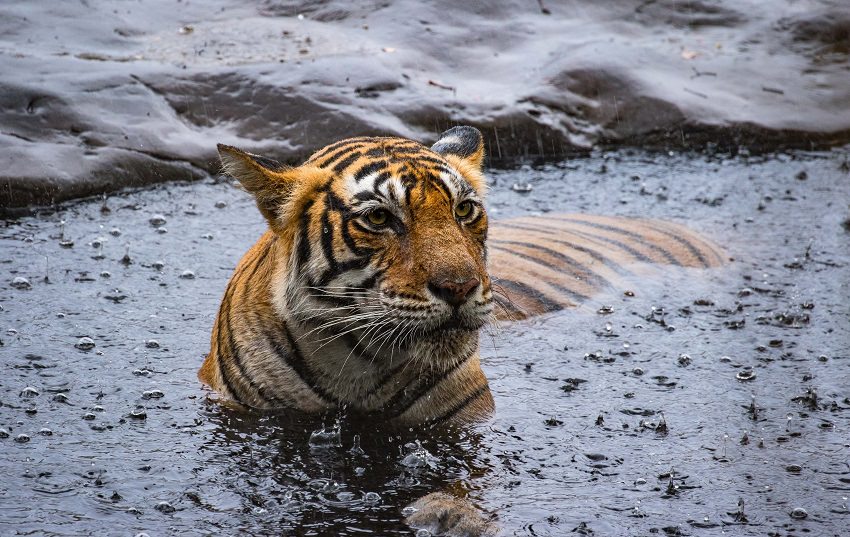
While wild tigers are found in different parts of Asia, India is home to about 70% of them. Tiger attacks on humans are relatively rare. These attacks claim between 40 and 50 victims annually, mainly attributed to conflicts over livestock due to the overlap of agricultural land with wild animal habitats.
deer
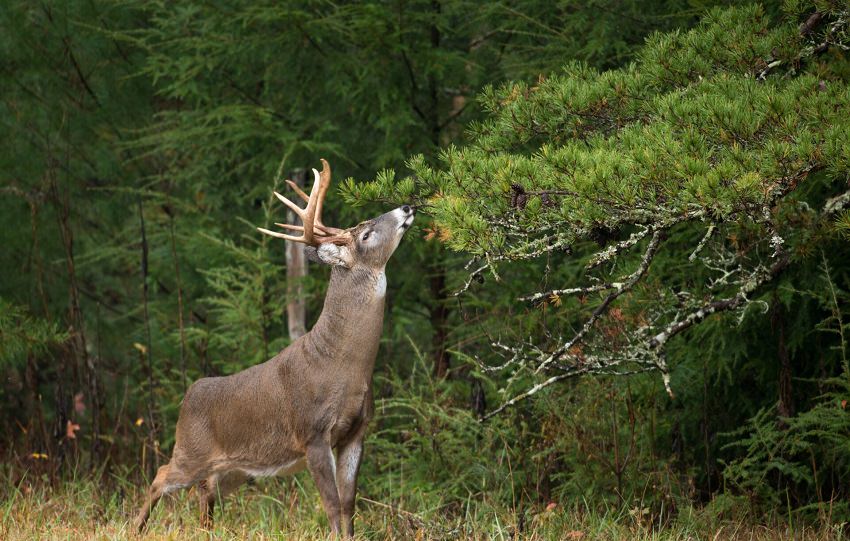
Although these herbivores may not seem dangerous, they are associated with more deaths in the United States each year than all other animals combined. More than 58,000 car accidents with deer occur yearly, and about 440 people die.
The name of deer in the list of dangerous animals may be controversial because deer are primarily the victims of these accidents. But let’s not forget that this list is based on the number of recorded deaths due to interaction with each animal.
Sydney funnel-web spider
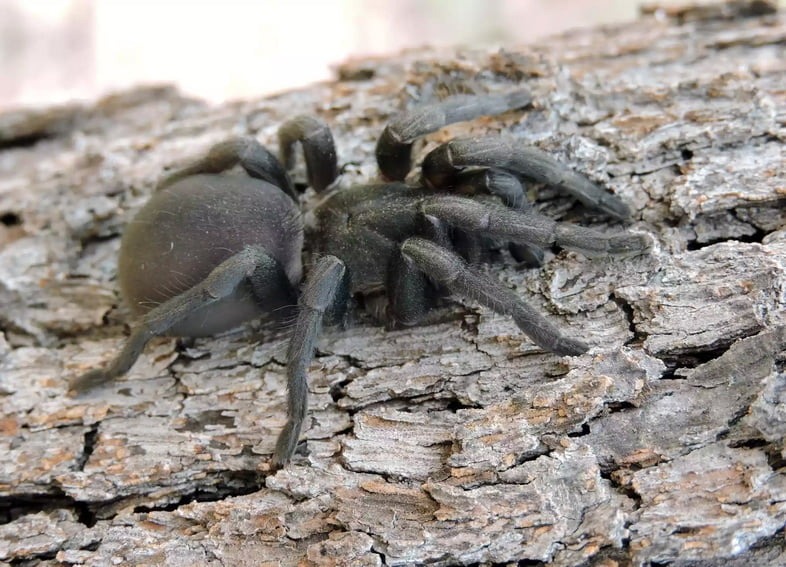
The Sydney funnel-web spider or Atrex robustus is full of venom made up of complex venom proteins. After injection, this poison puts the prey’s nervous system under too much pressure and can kill him within 15 minutes.
Male Sydney funnel web spiders are very dangerous and tend to hang out in small nests or crevices in colonies of up to 100 spiders. According to the University of Melbourne, this particular spider was responsible for 13 deaths in Australia before an antidote was developed.
African buffalo
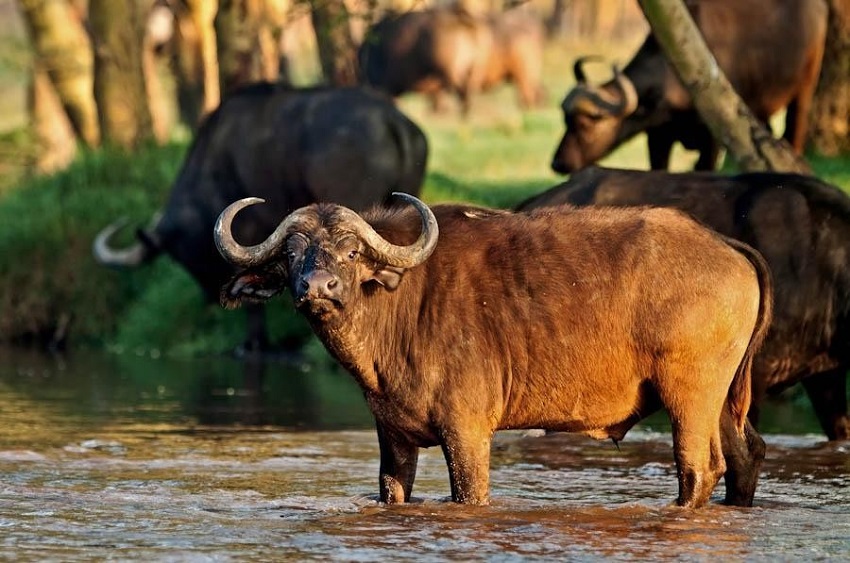
The only species of wild cattle found in Africa is the African buffalo, known for its heavy protruding horns used to fight off predators or dominate other males. Combined with their naturally aggressive nature and massive size, these horns make the African buffalo extremely dangerous.
These stocky wildebeests are notorious in East Africa for breaking through fences to attack crops (sometimes leading to human conflict and fatal accidents).
***











